As a BetterHelp affiliate, we receive compensation from BetterHelp if you purchase products or services through the links provided
Ketamine therapy has recently gained attention as a potential treatment for mental health conditions such as depression and anxiety. This treatment uses a drug known as ketamine, which was initially developed as an anesthetic and later discovered to have antidepressant effects. As ketamine is known for its psychedelic properties when used recreationally, many people wonder if undergoing ketamine therapy will result in a high similar to its recreational use.
The answer to this question largely depends on the dose and method of administration employed in the therapy. Ketamine therapy typically uses lower doses than one would consume recreationally and is administered via different routes, such as intravenous or nasal spray. This leads to a different experience, with patients often reporting sensations of disconnection, altered perceptions, and, occasionally, anxiety during the treatment. However, these sensations tend to subside once the therapy session is over.
Key Takeaways
- Ketamine therapy is a potential treatment for mental health disorders such as depression and anxiety.
- Therapy experience differs from recreational use due to lower doses and alternative administration methods.
- Patients may feel disconnection or altered perceptions during treatment, but these sensations usually subside afterward.
 The Nature of Ketamine
The Nature of Ketamine
Ketamine is an anesthetic initially developed in the 1960s, primarily used in human and veterinary medicine to induce loss of consciousness. As an anesthetic, it creates a trance-like state, providing pain relief and sedation during surgical procedures. Besides its use as an anesthetic, ketamine has also gained attention as a potential treatment for various mental health conditions such as depression and anxiety.
Regarding ketamine therapy, the focus is primarily on its antidepressant properties. Studies have shown that intravenously low doses can help relieve symptoms of treatment-resistant depression quickly, sometimes within hours. This rapid effect is especially significant compared to traditional antidepressants, which can take weeks or months to show results.
However, ketamine’s reputation as a “party drug” raises concern. Due to its dissociative effects and ability to produce a sense of euphoria, the substance is often abused recreationally, leading to it being classified as a Schedule III controlled substance by the Controlled Substances Act.
In a therapeutic setting, the doses of ketamine used to treat depression are much lower than those used recreationally or as an anesthetic. This means the “high” or euphoric effects associated with higher doses are typically not experienced during treatment. Instead, therapy targets the NMDA receptors that ketamine affects, providing rapid relief for depressive symptoms without producing a significant psychoactive experience.
It is crucial to note that ketamine therapy for depression is conducted under strict medical supervision, ensuring your safety and comfort. This controlled environment greatly differs from the risks associated with recreational use, where dangerously high doses can lead to harmful side effects or even addiction.
So, while ketamine is known for its psychoactive effects when used appropriately in a therapeutic setting, the treatment prioritizes its antidepressant properties without causing a “high.” This makes it a promising option for those suffering from treatment-resistant depression, offering a new avenue for relief and hope for a better quality of life.
Ketamine for Mental Health Conditions
Ketamine, initially an anesthetic used to sedate humans and animals, has been found to help treat various mental health conditions. Research has demonstrated that it can stimulate physical growth in the brain areas associated with emotion regulation and mental health disorders, such as the prefrontal cortex. This helps establish new connections and makes ketamine a potential breakthrough treatment for several mental health issues.
If you suffer from depression, anxiety, PTSD, obsessive-compulsive disorder, major depression, or bipolar disorder, ketamine therapy could be a potential treatment option. In particular, it has shown significant success in treating treatment-resistant depression by providing fast-acting relief that can last weeks after treatment.
It’s important to note that ketamine therapy is not a one-size-fits-all solution, and its effectiveness varies for different individuals and conditions. Working closely with your healthcare provider is crucial to determine if ketamine is appropriate for your specific treatment plan. They can guide you through the process, monitor your progress, and make adjustments to ensure the therapy works effectively for your unique needs.
Now, you might wonder if ketamine therapy can cause a sense of “high” similar to its use as a recreational drug. The answer to this question largely depends on the dosage and the specific therapeutic setting. In general, the doses used for mental health treatments are much lower than those used recreationally, and professionals carefully administer and supervise the treatment. As a result, the likelihood of experiencing a high during ketamine therapy is significantly reduced.
In summary, ketamine has shown promising results as a treatment for various mental health conditions, making it a potential option to consider in consultation with your healthcare provider. Remember that, like any treatment, it is essential to approach it cautiously, understand its benefits and limitations, and work closely with professionals to ensure the best results for your mental health journey.
 The Procedure of Ketamine Therapy
The Procedure of Ketamine Therapy
When starting ketamine therapy, you might wonder how the procedure works and whether it can induce a high. Ketamine therapy can be administered through various methods, such as intravenous (IV), intramuscular (IM) injections, oral lozenges, and even a nasal spray. Each method has its application and specificities, so let’s closely examine the process.
In IV ketamine therapy, the drug is infused directly into your bloodstream. This is the most common method, as it ensures rapid and accurate medication delivery. The dosage is carefully controlled, usually starting at around 0.5mg/kg and potentially increasing up to 1.0mg/kg depending on your response to the treatment. The sessions typically last anywhere from 40 minutes to a couple of hours and occur every other day or twice weekly for 3 to 5 sessions.
With intramuscular injections, ketamine is administered via a shot into your muscle. This method allows for a more gradual release of the medication and is often used for pain management. Like IV therapy, the dosage will be tailored to your needs, and the number of required sessions may vary.
Oral lozenges provide a less invasive option for receiving ketamine therapy. You’ll place the lozenge in your mouth, allowing it to dissolve slowly and absorb into your system. Although this method offers convenience and comfort, it may not deliver the same rapid effects as IV or intramuscular administration.
Regardless of the administration method, ketamine therapy aims to alleviate symptoms of various mental health conditions without causing a “high” sensation. The dosages used are significantly lower than those that induce hallucinogenic or dissociative effects, focusing on providing therapeutic benefits safely and effectively. By working closely with your healthcare professional, you can determine the best method and dosage to achieve optimal results.
How Does Ketamine Make You Feel?
During ketamine therapy, you might experience a range of sensations that can differ from person to person. One of the most noticeable effects can be a feeling of dissociation, which refers to a sense of detachment from your body and surroundings. This sensation may lead to an altered perception of reality, often described as derealization.
It’s also possible for you to experience hallucinations while receiving ketamine therapy. These visual or auditory distortions can be captivating and vivid. Some individuals report floating sensations, while others might see morphing patterns or shapes. These hallucinatory experiences should not be misconstrued as a “high,” as the intentions and environment of ketamine therapy are entirely different from casual recreational use.
Additionally, ketamine could cause various physical sensations, such as relaxation, double vision, or even a sense of fear. The level of relaxation you may feel can vary from mild to deep, often associated with feelings of warmth and heaviness throughout the body. Mild sensory distortions—like double vision—can also contribute to the unique experience of ketamine therapy. However, it’s important to remember that the controlled administration of ketamine in a therapeutic setting is designed to minimize risks and cultivate a safe environment for self-exploration and healing.
Ketamine therapy is a powerful tool for addressing certain mental health conditions, but it’s important to distinguish the sensations and experiences associated with it from the idea of getting “high.” While you may feel various emotions and sensations during treatment, the ultimate goal is to help you heal and improve your overall well-being.
 Side Effects and Risks of Ketamine Therapy
Side Effects and Risks of Ketamine Therapy
Ketamine therapy has become a popular treatment option for individuals with treatment-resistant depression. However, awareness of this therapy’s side effects and risks is essential. Sometimes, ketamine may cause temporary euphoria or “high,” which can be uncomfortable for some individuals.
One of the most common side effects you might experience during ketamine therapy is dizziness, nausea, or vomiting. These symptoms can be uncomfortable but usually subside as the treatment wears off. You might also experience increased blood pressure, heart rate, and breathing during treatment, which can concern those with pre-existing conditions.
Another potential side effect is confusion or feeling disoriented or detached from your surroundings. Some individuals may also report vivid dreams, hallucinations, or out-of-body experiences during ketamine therapy. These effects can be unsettling, but they are typically short-lived.
Other risks to consider when undergoing ketamine therapy include the potential for physical dependence. While dependence is relatively rare with ketamine infusions, long-term use may increase tolerance, making it a less effective treatment. Overdose is another potential risk, although it is highly unlikely when used under medical supervision.
Lastly, some individuals may experience abdominal pain or other physical discomforts during ketamine therapy. This could result from the body’s response to the medication or other factors, such as anxiety or pre-existing health conditions.
In summary, ketamine therapy can be a valuable option for those struggling with treatment-resistant depression, but it’s vital to be aware of the potential side effects and risks. By discussing these concerns with your healthcare provider, you can decide whether ketamine therapy is right for you.
 Ketamine and Other Treatments
Ketamine and Other Treatments
Ketamine therapy has gained much attention recently for its potential to treat various mental health and chronic pain conditions. It’s essential to understand how it compares to other treatments like antidepressants, esketamine, Spravato, and psychotherapy.
When it comes to treating depression, ketamine works differently than traditional antidepressants. While most antidepressants, such as SSRIs, increase serotonin levels in the brain, ketamine targets glutamate and enhances synaptic plasticity. This means it can provide rapid relief for individuals with treatment-resistant depression who haven’t found success with other medications.
Esketamine, a nasal spray version of ketamine called Spravato, has been approved by the FDA for use in patients with treatment-resistant depression. Like ketamine, esketamine offers a fast-acting alternative to traditional antidepressants. Both ketamine and Spravato are typically used alongside traditional antidepressants and psychotherapy for a comprehensive treatment plan.
Psychotherapy is often recommended in conjunction with medications for mental health issues. Cognitive Behavioral Therapy (CBT) and other forms of therapy aim to help patients recognize and change negative thought patterns and behaviors. When used alongside ketamine or traditional antidepressants, psychotherapy can further enhance treatment outcomes.
In addition to its mental health benefits, ketamine therapy has shown promise in managing chronic pain. Its unique ability to modulate the brain’s pain receptors and gamma-aminobutyric acid A (GABA) activity makes it an alternative option for those who haven’t found relief with other pain management strategies.
While there are many advantages to using ketamine therapy, it’s important to note that it may not be suitable for everyone, and its potential dissociative or psychedelic effects may lead to concerns about getting high during treatment. However, when administered by a healthcare professional in a controlled setting and at a low dose, the risk of experiencing a high is minimized.
Keep in mind that every individual responds to treatments differently. Thus, discussing openly with your healthcare provider to determine the most appropriate action for your needs is important.
 Expert Opinions and Research on Ketamine Therapy
Expert Opinions and Research on Ketamine Therapy
Ketamine therapy has been a topic of interest for many researchers and experts in the medical field. With its history as a dissociative anesthetic, recent studies have shown its potential for therapeutic benefits.
The FDA has approved a form of ketamine called esketamine for treatment-resistant depression. This indicates that the substance has undergone rigorous testing and is considered safe for use in specific clinical settings under medical supervision.
Many psychiatrists and doctors have been exploring ketamine therapy, and some have reported positive results. They believe that ketamine can improve the brain’s neuroplasticity, which may help strengthen and rebuild connections between neurons, leading to better mental health outcomes.
Research studies support these claims, with evidence suggesting that ketamine can be a fast-acting and sustained antidepressant, even in individuals who have not responded to other treatment options. Furthermore, the addition of psychotherapy during and following ketamine sessions may help to maximize and prolong its benefits.
In a clinical setting, ketamine is administered within a controlled psychological and environmental context. This allows medical professionals to monitor the patient’s progress, engage in therapeutic interventions, and make necessary adjustments to enhance treatment efficacy.
However, it is important to note that while ketamine therapy has demonstrated positive outcomes, it is not without potential risks. As a dissociative substance, patients might report experiencing a temporary high, also known as dissociation. While this sensation is usually diminished and occurs under the guidance of a medical professional, it might still be a cause for concern to some.
In summary, research, experts, and the FDA have found promise in ketamine therapy for certain mental health conditions. While it may cause a temporary “high” sensation, it is administered under strict supervision in a clinical environment. As more information becomes available, the benefits and potential risks can be further evaluated for each individual.
Insurance and Cost Considerations
When considering ketamine therapy, it’s important to consider the costs and insurance coverage options for this type of treatment. Since ketamine is often used off-label for conditions like depression, anxiety, PTSD, OCD, and ADHD, insurance coverage may vary depending on your provider and specific plan.
One reason ketamine treatments may not be fully covered by insurance is its off-label use. While some insurance providers might cover part of the costs by considering the treatment as “an infusion of a generic drug,” others may not offer this benefit. Therefore, discussing your insurance coverage options with a representative is essential to understand potential out-of-pocket expenses.
As for the costs of ketamine therapy, prices can range from around $400 to $2,000 per infusion. The cost variation depends on factors such as dosage, duration, and whether the treatment is aimed at managing chronic pain or a mood disorder. Generally, treatments for pain management tend to be more expensive than those for mood disorders.
In some cases, Medicare and certain PPOs may cover ketamine treatments. Reviewing your health benefits with your insurer and learning about your coverage eligibility is crucial. Not everyone with health insurance will qualify for ketamine treatment coverage, so thorough research is necessary.
To summarize, when exploring ketamine therapy as a treatment option, be prepared to:
- Discuss insurance coverage for off-label ketamine use with your provider
- Understand the varying costs related to dosage and treatment purpose
- Review your health benefits and eligibility for coverage with your insurer
With this information, you can decide whether ketamine therapy is the right choice for you regarding efficacy and affordability.
Embarking on a Psychedelic Voyage: Tips and Strategies for Ketamine Therapy
If you decide to plunge into ketamine therapy, some preparation can make the journey smoother. Here are some tips and strategies to consider:
- Consult a Healthcare Professional: Ensure you have an in-depth consultation with a qualified medical provider experienced in ketamine therapy.
- Set Your Intentions: Knowing what you hope to gain from the experience can guide your therapy session and offer a point of focus during the psychedelic aspects of the treatment.
- Safe Space: Make sure your therapy session occurs in a comfortable, secure environment. This isn’t just about physical space but also the people around you—like a trusted therapist.
- Mind Your Diet: Some experts recommend not eating at least 3 hours before your therapy session to reduce the risk of nausea.
- Be Open: Openness and a flexible outlook can greatly enhance the therapy experience.
Charting Unseen Territories: Goals of Ketamine Therapy
Now, let’s talk goals. The objectives for undergoing ketamine therapy can vary widely from person to person, but here are some common ones:
- Mental Reset: Many patients aim to “reset” their mental state, breaking free from depression or anxiety cycles.
- Increased Self-Awareness: A deeper understanding of your emotional and mental patterns can lead to healthier behaviors.
- Crisis Intervention: Some use ketamine therapy as a last resort when other treatments have failed.
- Enhanced Creativity: While not the primary reason for most, some people report increased creative thinking post-therapy.
Warning Signs and Red Flags: Proceed with Caution
Despite its potential, ketamine therapy isn’t a one-size-fits-all solution. Be cautious if:
- Addictive Personality: Ketamine does have abuse potential.
- Heart Conditions: Ketamine can affect heart rate and blood pressure.
- Poorly Regulated Providers: Ensure your provider is licensed and experienced.
- Unmanageable Side Effects: While rare, some people experience severe nausea or hallucinations that make the treatment untenable.
The Eligible and The Excluded: Who Should Consider Ketamine Therapy?
Ketamine therapy may be suitable for those unresponsive to other forms of treatment, such as medication and talk therapy. However, it’s generally not recommended for people with severe cardiac issues, uncontrolled hypertension, or a history of substance abuse.
Remember, ketamine therapy is a medical procedure that should be considered seriously and discussed thoroughly with healthcare professionals.
Frequently Asked Questions
How does ketamine therapy affect sobriety?
Ketamine therapy is a form of medical treatment. Although it can cause a feeling of dissociation or altered perception, it is not considered to compromise one’s sobriety. You should discuss any concerns about maintaining sobriety with your healthcare provider.
What does a ketamine infusion feel like?
During a ketamine infusion, you may experience a floating sensation, altered perceptions, or a feeling of disconnection from your environment. These sensations are generally temporary and subside after the treatment session.
Does ketamine therapy contribute to addiction?
Ketamine therapy, when administered under medical supervision, has a low risk of addiction. However, following the treatment plan provided by your healthcare provider and being aware of the potential for misuse or abuse outside of a clinical setting is essential.
Is ketamine therapy an opioid treatment?
No, ketamine is not an opioid. It is an NMDA antagonist, which means it works on different receptors in the brain than opioids. Ketamine therapy treats depression, other mental health disorders, and chronic pain.
How effective is ketamine therapy for depression?
Ketamine therapy has shown promise in treating depression, particularly for those with treatment-resistant depression. Many patients report rapid improvement in their symptoms following ketamine treatment. However, it is essential to work closely with your healthcare provider to determine if ketamine therapy is right for you.
What should I expect after a ketamine infusion?
After a ketamine infusion, you may feel drowsy or have lingering perceptual effects. It is essential to arrange transportation to and from your appointment, as you should not drive immediately after treatment. Some patients experience relief from their depression symptoms within hours of treatment, while others may require several infusions for optimal results. Remember to follow your healthcare provider’s recommendations and seek support if needed.
 Journeying Through the Mind: Meet Jacob Maslow, Your Navigator Through the Complexities of Mental Health
Journeying Through the Mind: Meet Jacob Maslow, Your Navigator Through the Complexities of Mental Health
Hi there! I’m Jacob Maslow, and my relationship with mental health has been anything but a straight path. I take Lexapro to help manage my mental well-being and am no stranger to the therapist’s couch. Therapy is a familiar territory for me, serving as a refuge and a space for growth over the years.
I’ve had tumultuous experiences that have tested my emotional and mental resilience. My ex-spouse, for instance, has been a vortex of narcissistic behavior—engaging in affairs, smear campaigns, and a mind-boggling refusal to adhere to court-ordered shared custody of our children. After years of strife and a still-ongoing court battle, I’ve been alienated from my two minor kids despite our close relationship for many years post-separation.
So, how do I cope? Long walks. They’re my sanctuary, providing a brief reprieve and mental clarity. Each step I take offers a moment to breathe, contemplate, and rejuvenate my spirit.
Why do I write? I channel these personal challenges into articles about mental health and narcissism. My mission? To empower those wrestling with similar issues. Because trust me, conquering your mental health hurdles is possible.
Aside from writing, I run a legal website aimed at helping those ensnared in the complexities of family law—especially when dealing with partners who weaponize children and ignore court orders.
So stick around, read on, and let’s navigate these challenging terrains together.
This site contains affiliate links to products. We will receive a commission for purchases made through these links.

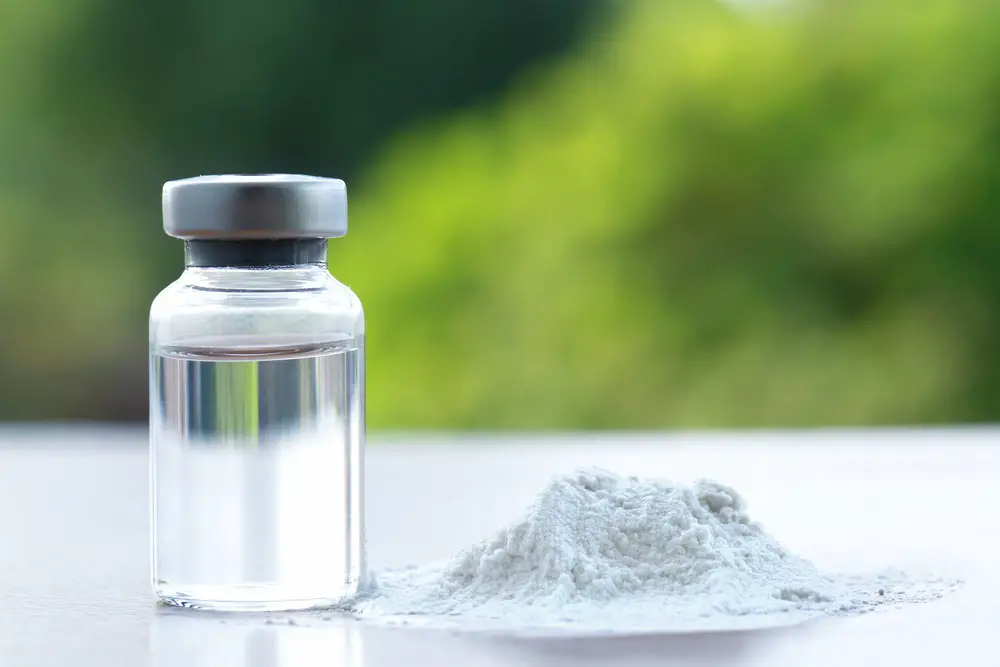
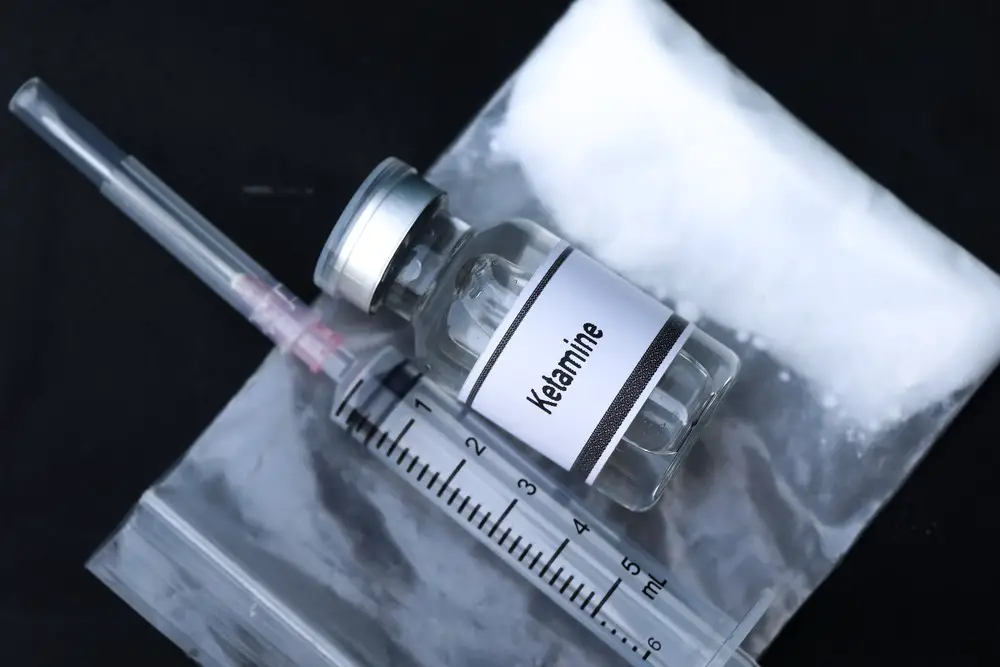 The Nature of Ketamine
The Nature of Ketamine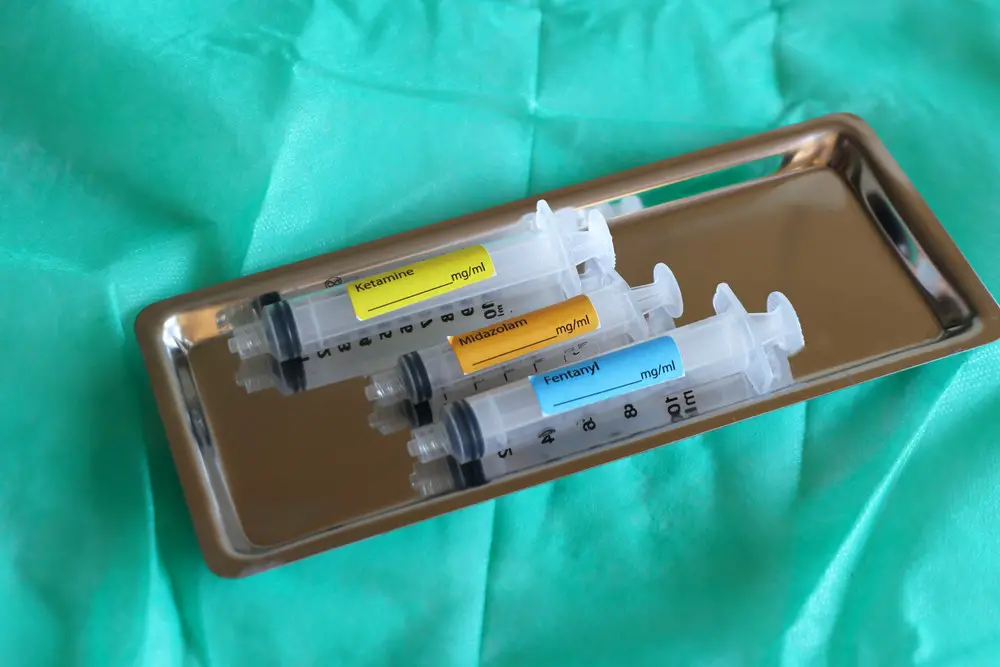 The Procedure of Ketamine Therapy
The Procedure of Ketamine Therapy Side Effects and Risks of Ketamine Therapy
Side Effects and Risks of Ketamine Therapy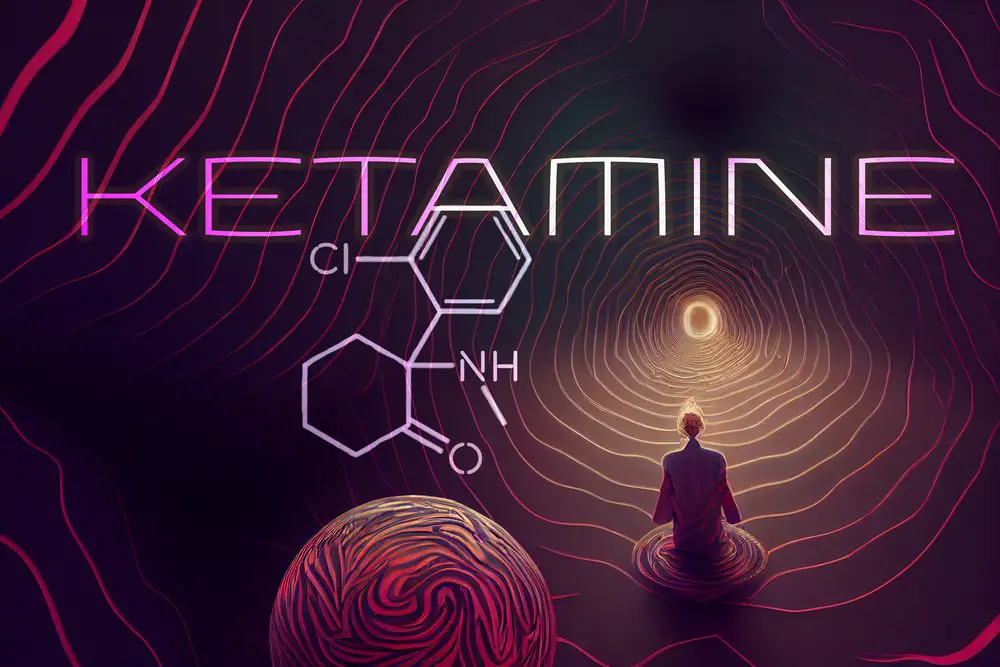 Ketamine and Other Treatments
Ketamine and Other Treatments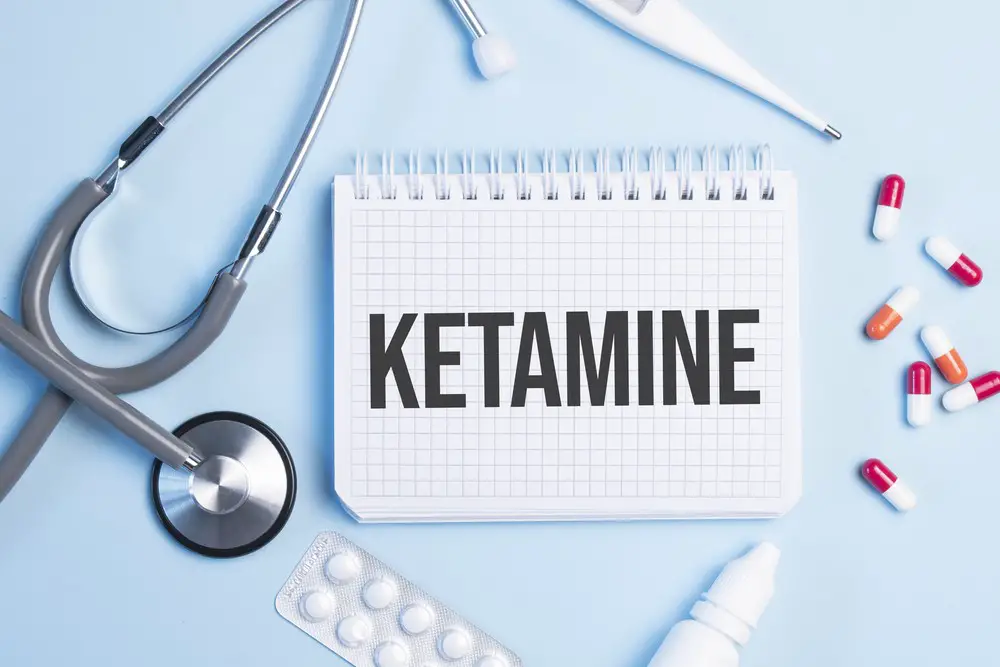 Expert Opinions and Research on Ketamine Therapy
Expert Opinions and Research on Ketamine Therapy Journeying Through the Mind: Meet Jacob Maslow, Your Navigator Through the Complexities of Mental Health
Journeying Through the Mind: Meet Jacob Maslow, Your Navigator Through the Complexities of Mental Health
